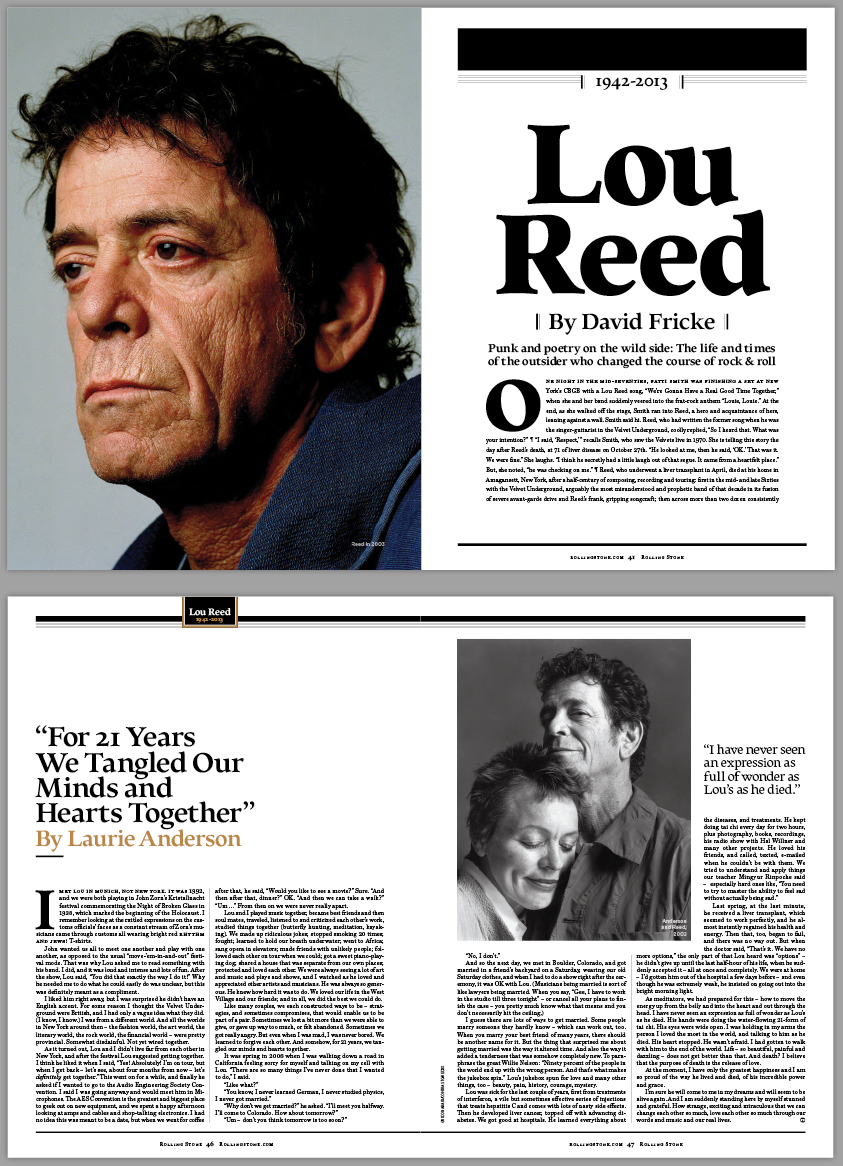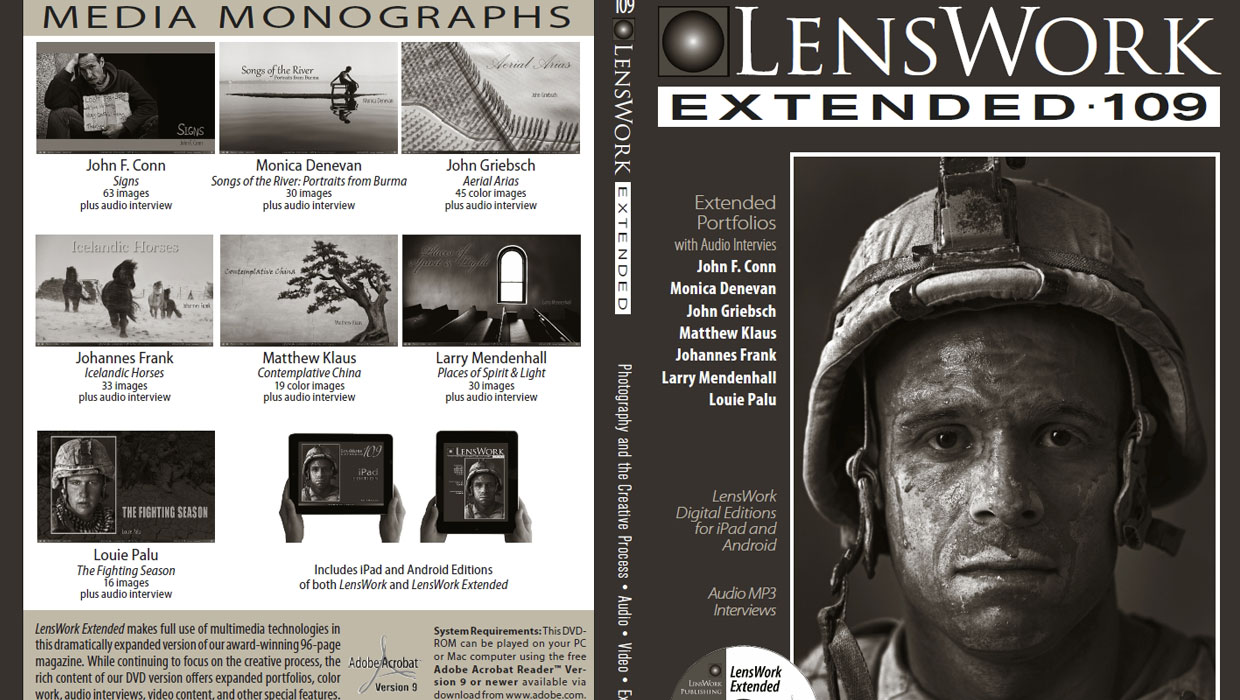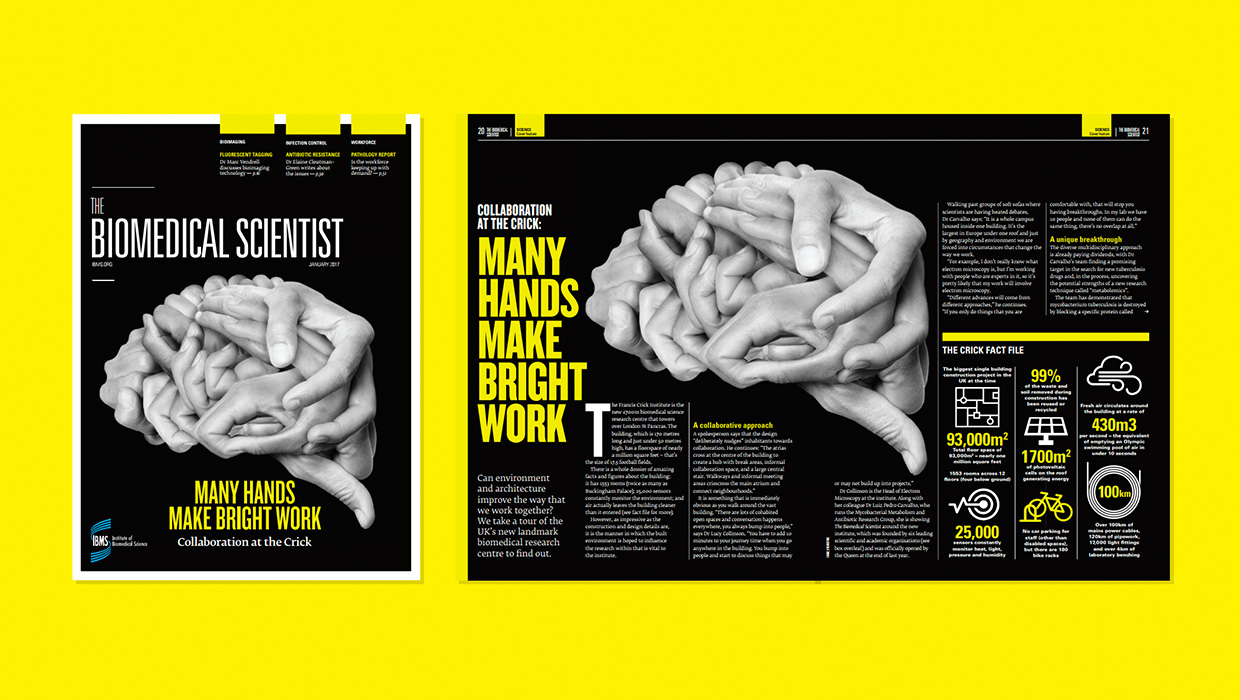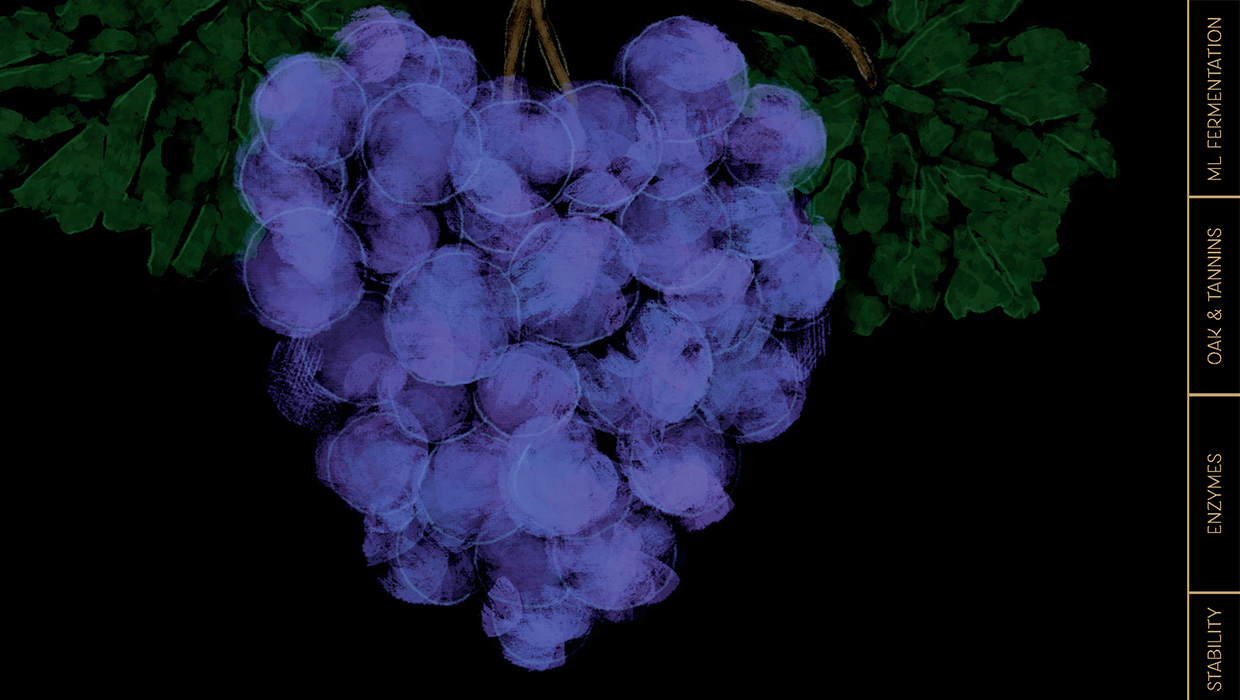InDesigner: Rolling Stone Magazine
Learn how InDesign is used to produce the most famous music magazine of all.

This article appears in Issue 64 of InDesign Magazine.
Editor’s Note: Adobe discountinued its DPS product after this article was written. If you’re interested in creating interactive documents from InDesign, check out in5 from Ajar Productions. It allows you to everything DPS did, and more.
While I haven’t met Rolling Stone’s Joe Hutchinson or Pino Impastato in person, I bet they have serious under-eye circles—there is no way these hard-working creatives get much sleep.
Hutchinson Ieads the Rolling Stone art department, which consists of five people who handle art direction and design of the print version, published every two weeks. Pino Impastato’s team translates the print design into a digital publication with Adobe DPS, also published bi-weekly.
Hutchinson remembers that when he joined the magazine in 2007, it still used QuarkXPress. Soon after, the company moved to InDesign and InCopy. “My team had to rebuild all of the templates, and I took the opportunity to update the design,” he recalls. “There was a massive change in how we produced the magazine.”
Hutchinson led the crew that created the look and feel of the Rolling Stone tablet edition, which debuted in January 2013. “I felt it was important to take advantage of what the iPad can do in terms of how you tell stories and deliver information,” he says. “The iPad could employ video, audio, animation, and other interactivity. But we were also a small team that produces a magazine every two weeks, so there were time and personnel constraints. And there was a learning curve. With proper training, we got there. And I think we came up with a tablet edition that fits Rolling Stone in look and feel.”
Impastato explains the workflow: “The print edition is laid out first by Joe Hutchinson’s group. Then my
team and I start repurposing the print version to DPS. Once the final print layout is released and printed, we go back and adjust the DPS versions with final copy and by linking final retouched artwork.”
When I expressed my sympathies to Impastato for having to publish a DPS magazine every two weeks, he laughed. “Actually, my team and I design two DPS magazines: Rolling Stone and Us weekly. I have a great team, and being organized is a huge factor in not losing my mind. I have Excel spreadsheets so that I always know what any one of my designers is working on.”
When working in InDesign and DPS, Impastato says he enjoys the “ease of use of it all. Almost everything is at your fingertips. We love the interactivity of it.” They have been on InDesign CS 5.5 but are in the process of upgrading to InDesign CS6.

Lou Reed appeared many times in the magazine’s pages, including this memorial article. This is from the print edition.
On the Cover of the Rolling Stone
Of course, you can’t have an article about this magazine without discussing its iconic covers.
“The cover is the most important page of the magazine,” Hutchinson says. “It must draw readers in and be compelling. It has to sell the great journalism and content we have inside. There are a lot of factors involved in trying to get the cover right.”
While he understands why some magazines have a lot of cooks in the cover kitchen, he says that Rolling Stone covers are a “pretty straightforward process. We are not a big bureaucracy. The owner of the company is also its founder, publisher, and editor in chief, Jann Wenner. He is very involved with the cover and knows what he is doing. So a small group of us—including the owner, managing editor, and photo director—narrow the choices for the cover image and pick one that we believe is best. The managing editor and his senior editors devise cover language. I design the cover. The owner and managing editor review and approve the cover design. It is that simple.”

“There is a lot of pressure to get the cover right,” notes Joe Hutchinson.

Though it’s been around since 1967, Rolling Stone covers younger artists like Haim and the Strypes, as well as music veterans. These spreads are from the print edition.

In the DPS issue, many articles include interactive try-and-buy links.

The Reviews section is another example of how the DPS issue takes advantage of rich media and interactivity.

Rolling Stone isn’t just about music. It’s also known for tackling serious issues, as this spread from the print edition shows.

You’ll also find popular culture—in this case, the game Minecraft—in the magazine.

Separate InDesign layouts used for the print and DPS editions of the magazine.
Commenting is easier and faster when you're logged in!
Recommended for you

InDesigner: LensWork
A look at LensWork, a magazine devoted to black and white photography, is produc...

InDesigner: Carrie Bremner
This UK art director for Newsweek blends bold graphics with editorial accuracy

InDesigner: Alan Just
Learn how a shared AirTable database was the key to streamlining a complex publi...




